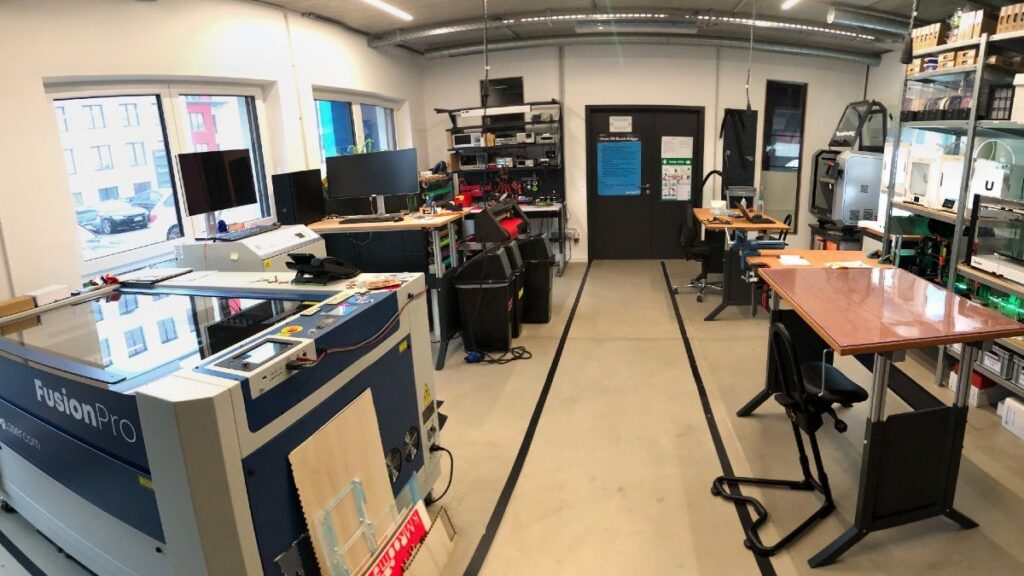
Introduction
The maker movement has taken Canada by storm, bridging gaps between technology, creativity, and entrepreneurship. As individual creators and communities come together to design, invent, and innovate, the importance of makers scales new heights in shaping the future of various industries. This phenomenon, characterized by DIY manufacturing and a strong culture of collaboration, underscores its relevance in enhancing Canada’s economic landscape and fostering local talent.
Current Trends in the Maker Movement
From 3D printing and robotics to textiles and sustainable solutions, Canadian makers demonstrate ingenuity and versatility. Maker spaces and workshops are popping up in urban centers across the country, fostering communities of like-minded individuals who share resources and knowledge.
The National Research Council of Canada (NRC) highlights a significant increase in funding for maker initiatives in recent years, with over $5 million allocated towards supporting grassroots projects aimed at tech development and skills training. Programs often target youth, empowering the next generation of innovators to engage with science, technology, engineering, and mathematics (STEM) through hands-on learning.
Impact on Local Economies
Entrepreneurs are leveraging the maker movement to establish small businesses that contribute to local economies. According to a recent survey by the Canadian Federation of Independent Business, around 30% of small businesses identified as maker-led have reported positive growth despite recent economic challenges. These businesses not only foster job creation but also emphasize sustainable practices, often employing locally sourced materials, which has a beneficial effect on community relations and environmental stewardship.
Education and the Future of Makers
Educational institutions are increasingly integrating the maker ethos into their curriculums. Initiatives such as the Vancouver School Board’s Maker Space program allow students to explore their creative potential while developing practical skills necessary in today’s job market. As these programs gain traction, the maker movement is set to remain pivotal in shaping an innovative workforce.
Conclusion
As the maker movement continues to grow across Canada, its significance extends beyond individuals and small businesses. It stitches together a diverse tapestry of creativity, community, and technological advancement that holds considerable promise for the future economy. As we embrace this new era of makers, we can anticipate increased innovation and collaboration, creating positive impacts on local and national levels. The next few years will reveal how deep-rooted the maker culture will become in the fabric of Canadian society, solidifying its role as a catalyst for progressive change.



